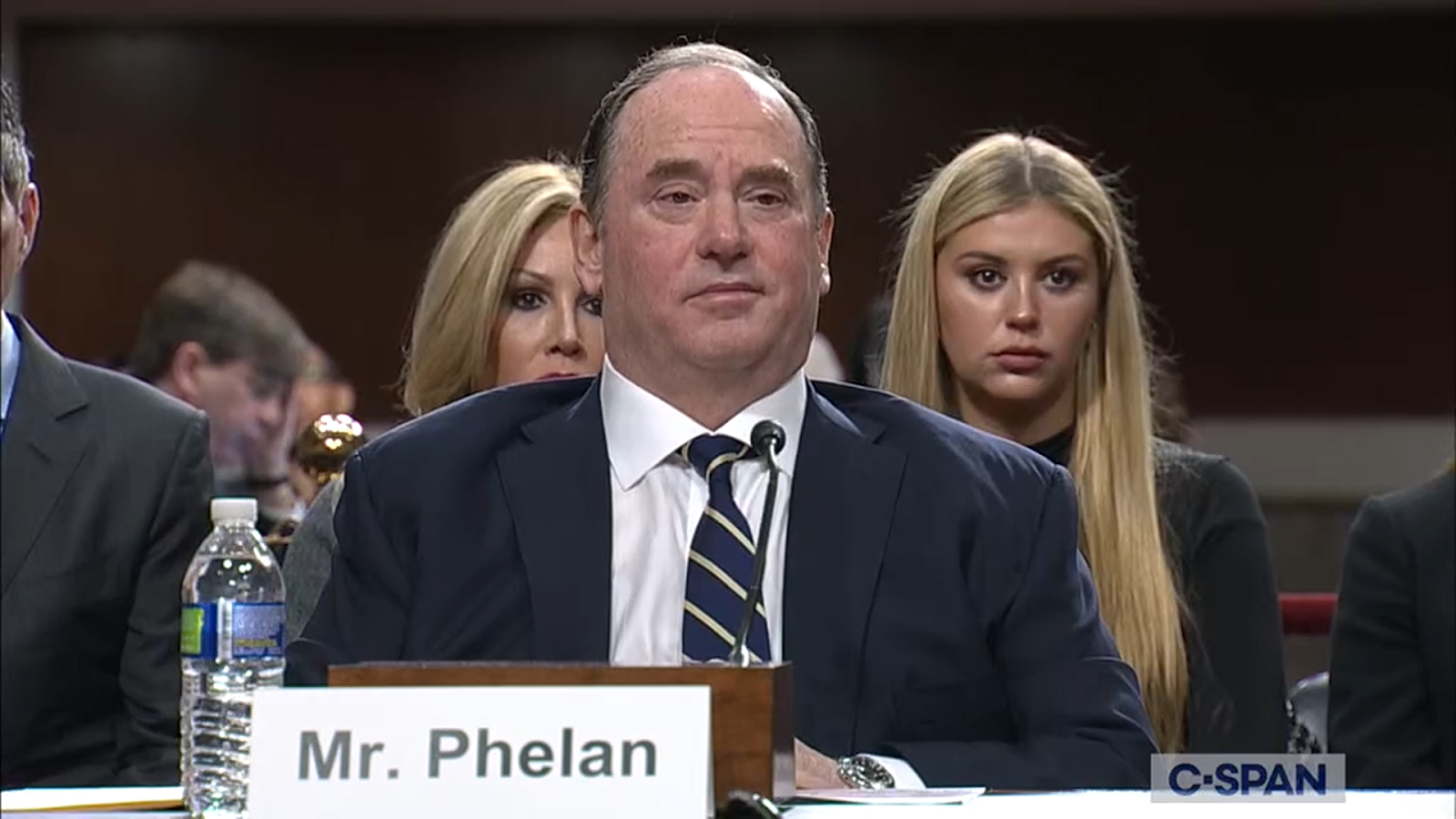In Bid to Keep Ranks Filled, U.S. Navy Halts Up or Out Rules
The Navy is halting separations of sailors over “high-year tenure” — a program that dictates sailors can only serve so long at a certain rank before being involuntarily discharged from the service.
The move, announced in a message and press release Thursday, is aimed at improving “Navy retention efforts and Fleet readiness.”
“By removing this barrier to retaining career-minded Sailors, the Navy is broadening career progression opportunities for Sailors and allowing them the opportunity to advance to the next higher paygrade,” Rear Adm. James Waters, the Navy’s director of plans and policy concerning its sailors, said in the release.
Typically, sailors of any given rank can only serve for so long before the Navy would move to discharge them under the broad assumption that they were not performing well enough to stay in the service. A 2018 document on the policy described it as a tool to “enable the Navy to retain the right number of members.”
For example, a typical E-3 sailor can only serve a maximum of six years at that rank before being discharged under high year tenure. If that same sailor were to be promoted to E-4 he or she would gain the ability to serve for four more years.
The policy has been tweaked and revised as the Navy’s needs and ability to recruit sailors has changed. Most recently, the Navy changed the rules to enable its senior enlisted advisers — Command Master Chiefs — to serve up to 36 years.
Now, the program is completely on pause. “This suspension means commands may not separate or involuntarily transfer active component Sailors,” the release announced and noted that this change will “apply to at least 1,600 Sailors within the two-year suspension period.”
The statement added that the branch “expects the policy will create fewer gaps-at-sea” meaning unfilled jobs on deployed ships — something the Navy is struggling with.
“The Navy understands we are in a challenging recruiting environment, and we are focused on making sure that every active component Sailor who wants to remain on active duty has that opportunity,” Waters said in the statement.
The Navy, like many of the other military branches, has struggled with recruiting and keeping sailors. In response the service has rolled out several different policies to keep more sailors in uniform by either offering more benefits or denying them early release.
On the recruiting side, the sea service started with offering up what may have been its biggest cash incentive ever to enlist: $115,000 in possible bonuses and loan repayments. Then, later in the year, it raised the maximum enlistment age by two years — from 39 to 41 — making it the branch willing to take the oldest recruits. Finally, earlier this month, it decided to allow recruits with bare-minimum entry exam scores to still sign up.
— Konstantin Toropin can be reached at [email protected]. Follow him on Twitter @ktoropin.
Related: Navy to Accept Recruits with Lowest Test Scores as Recruiting Goal Grows
© Copyright 2022 Military.com. All rights reserved. This material may not be published, broadcast, rewritten or redistributed.
" Conservative News Daily does not always share or support the views and opinions expressed here; they are just those of the writer."




Now loading...